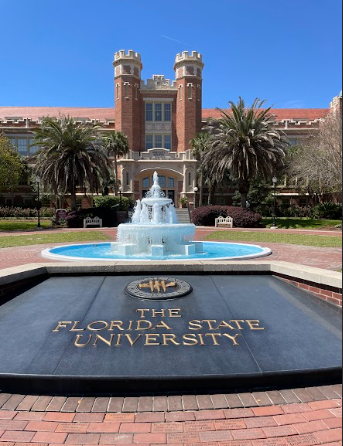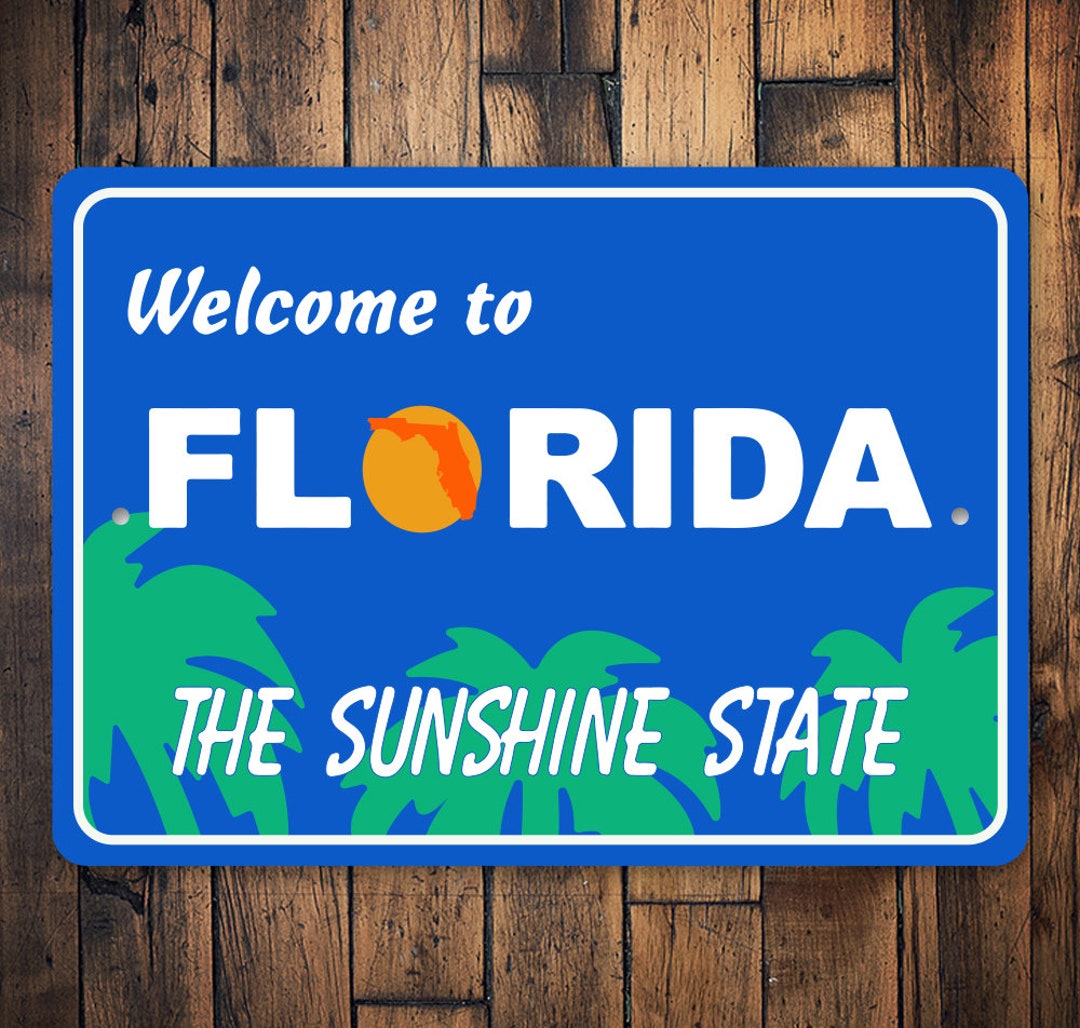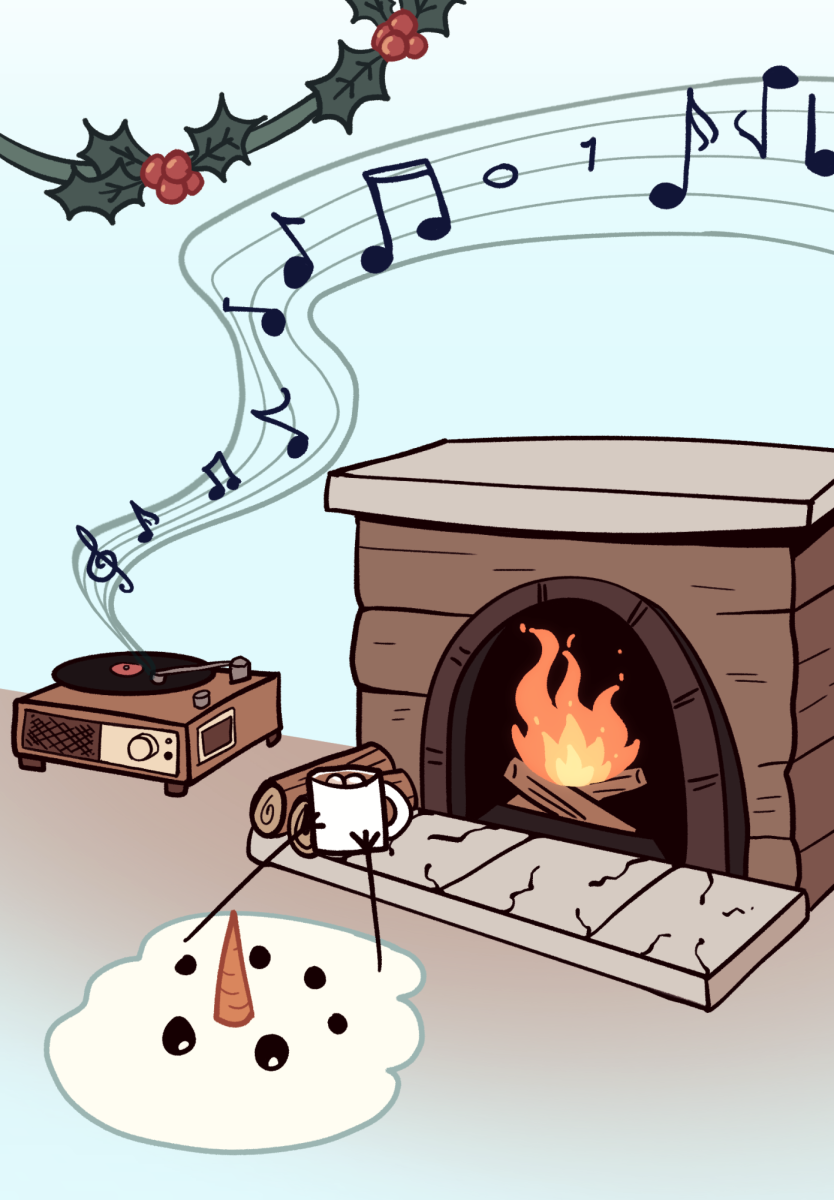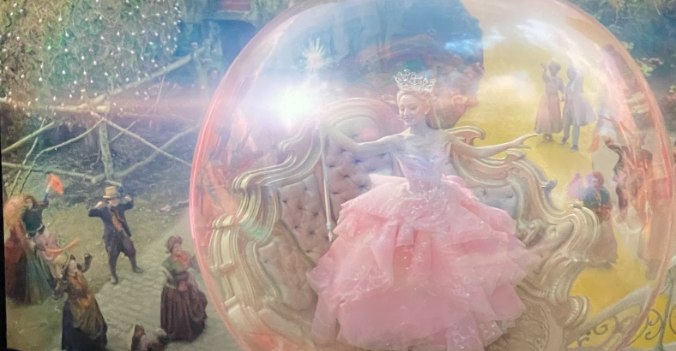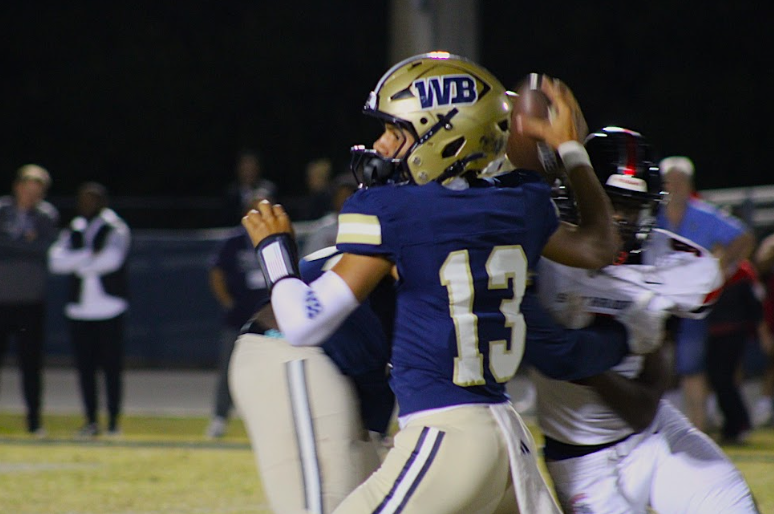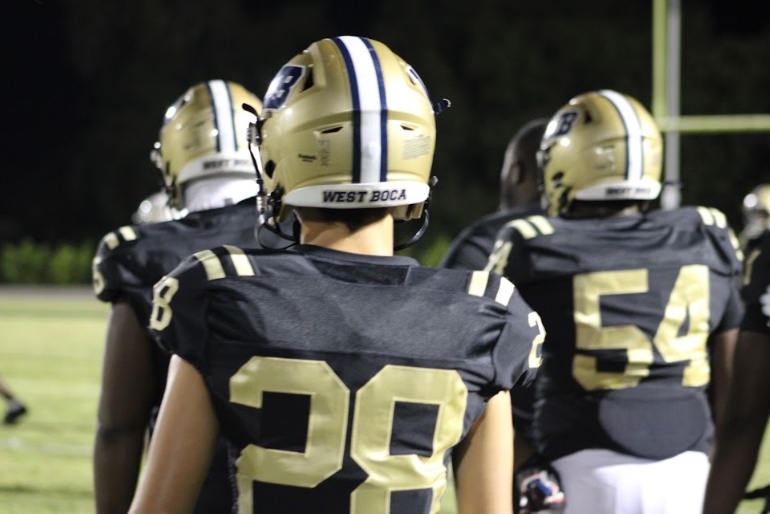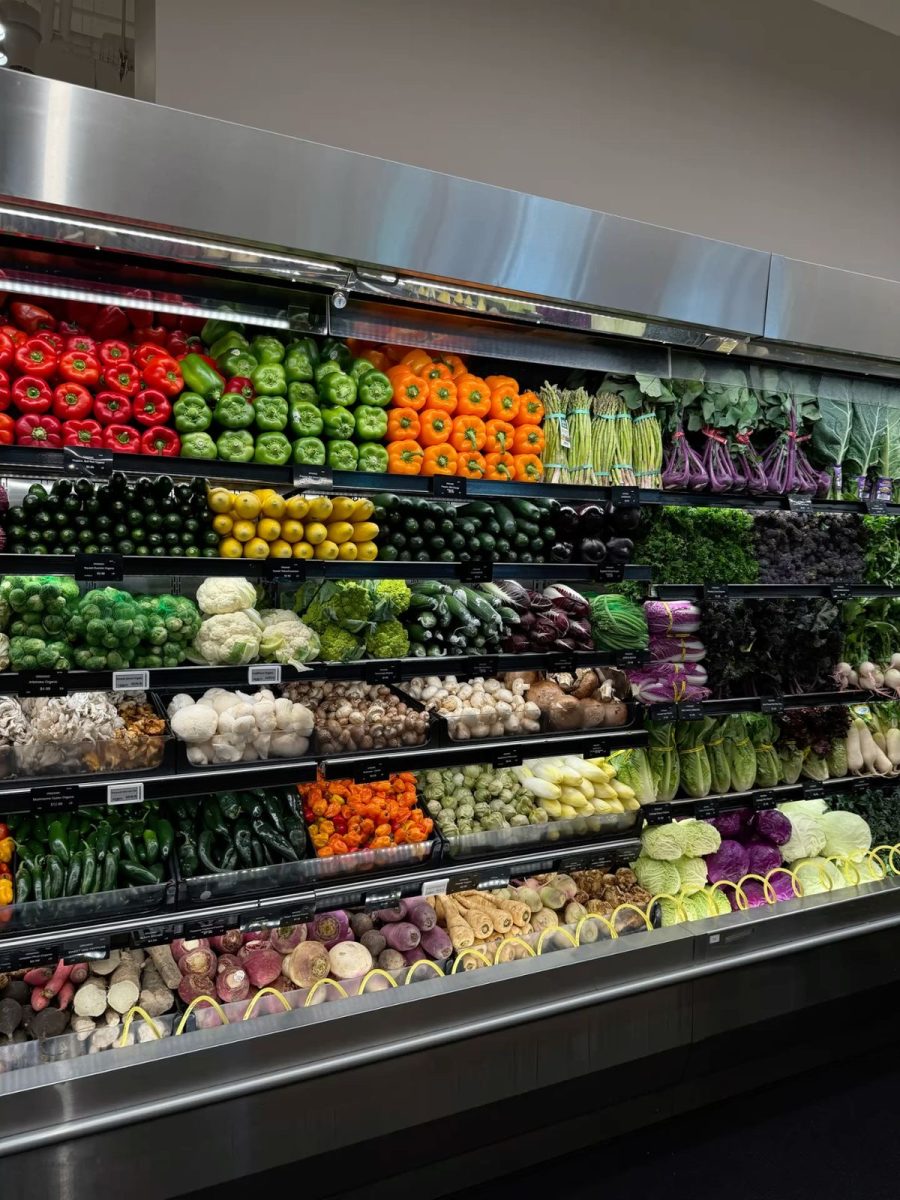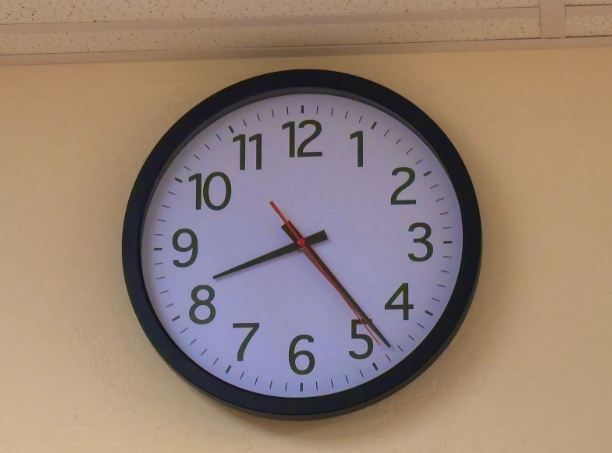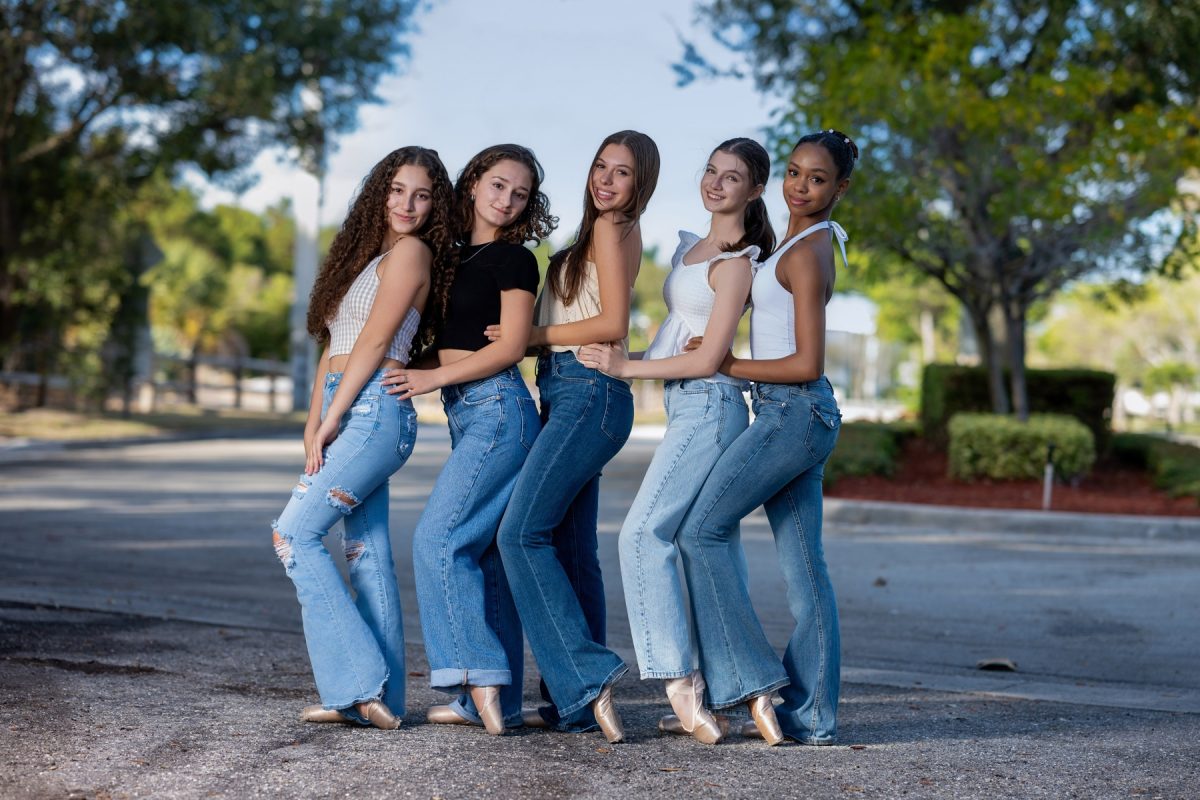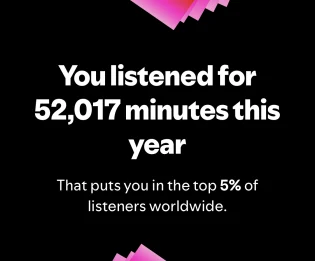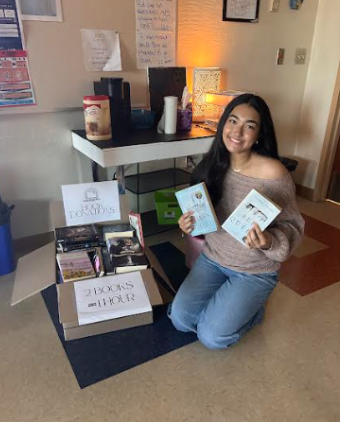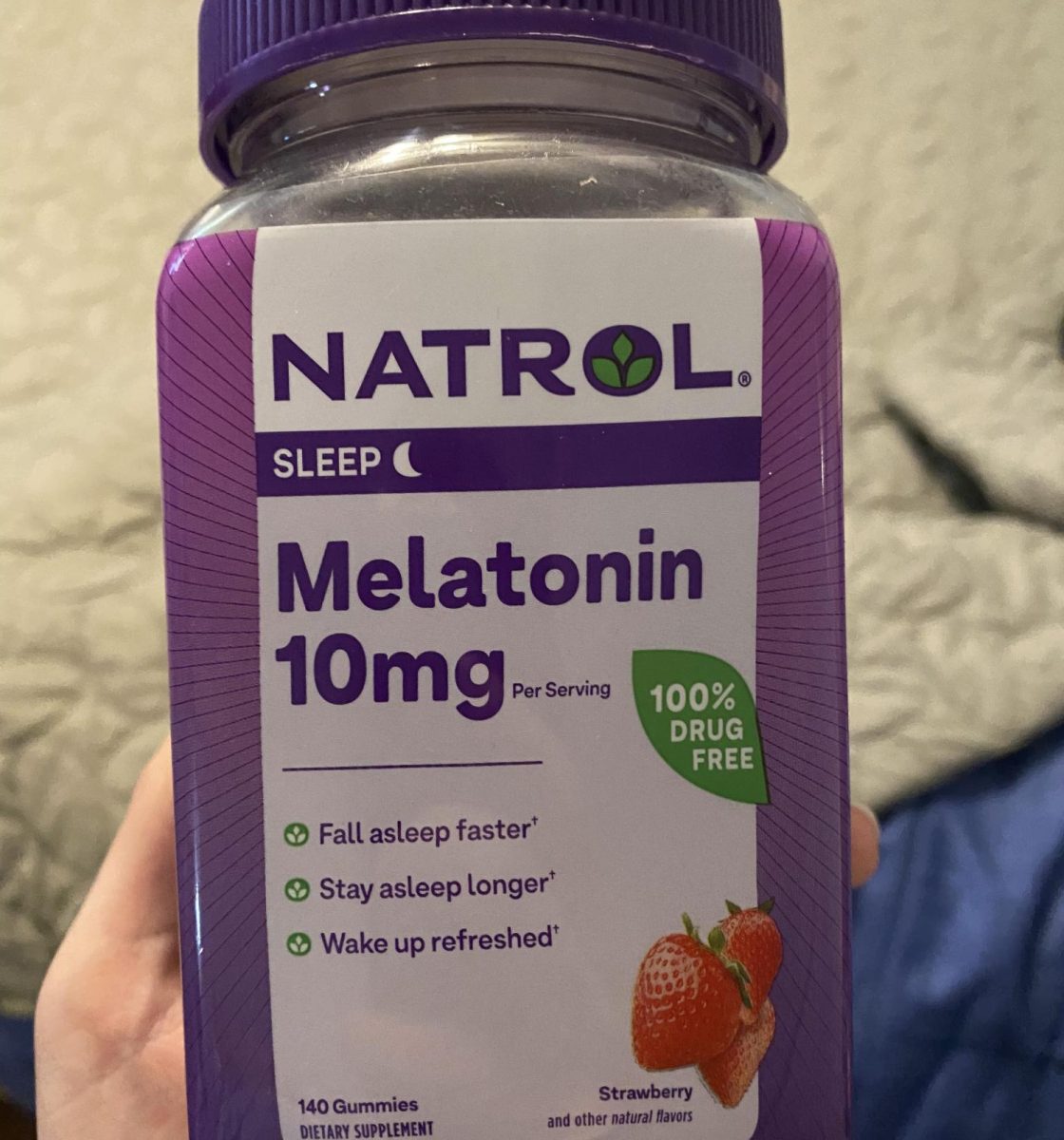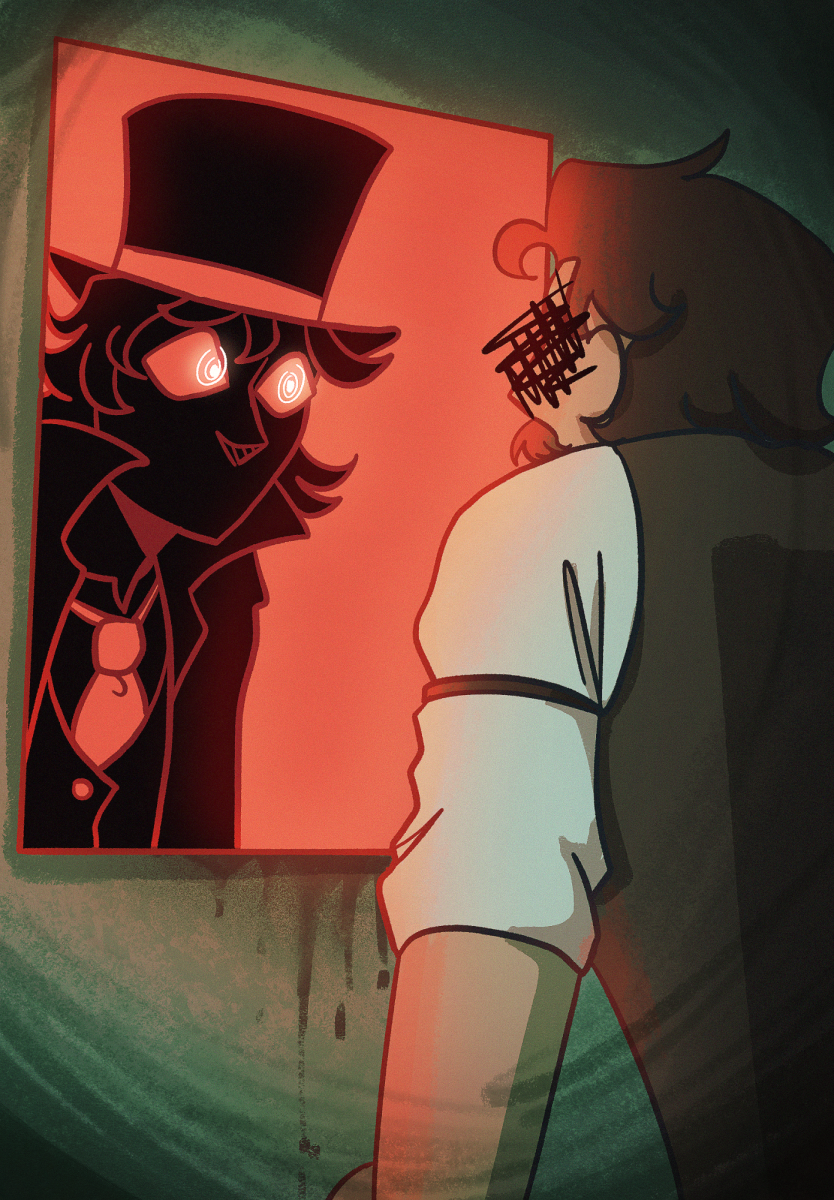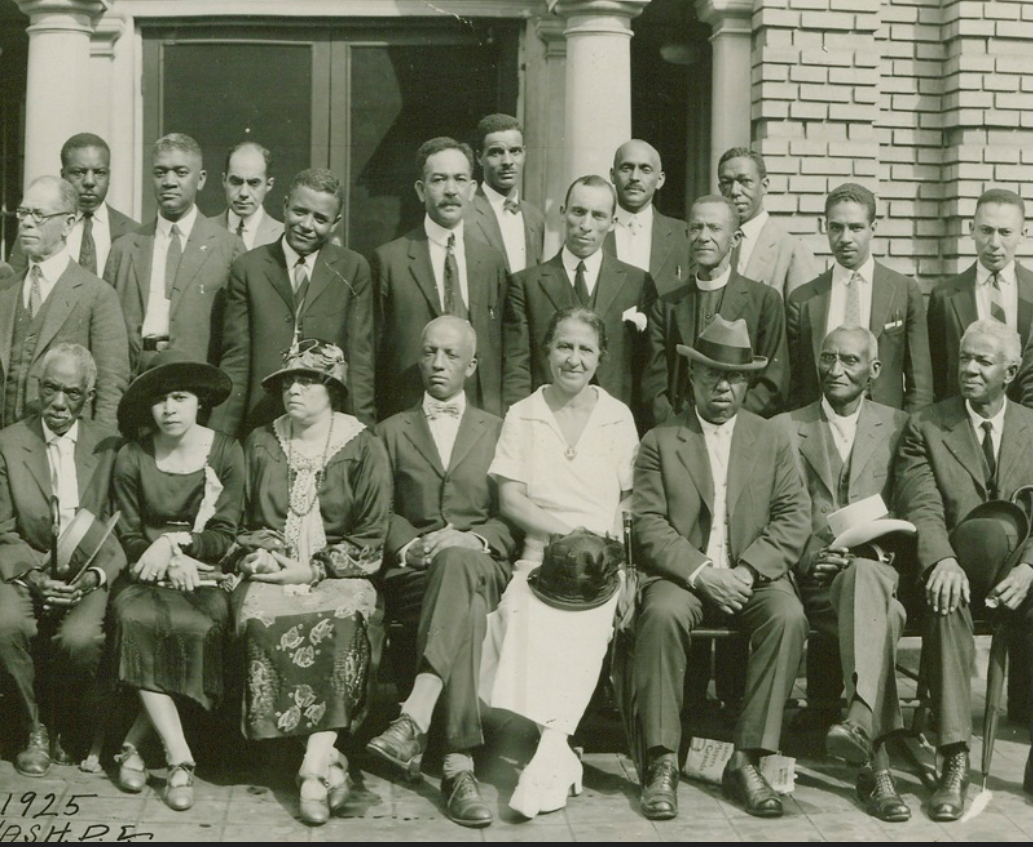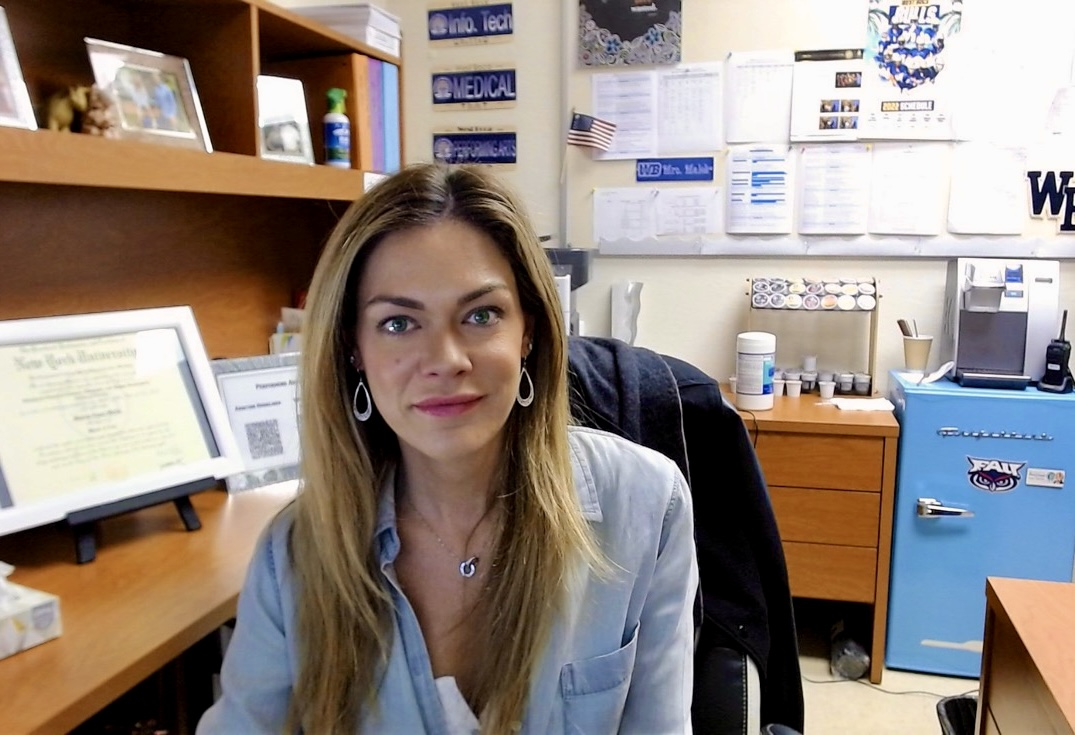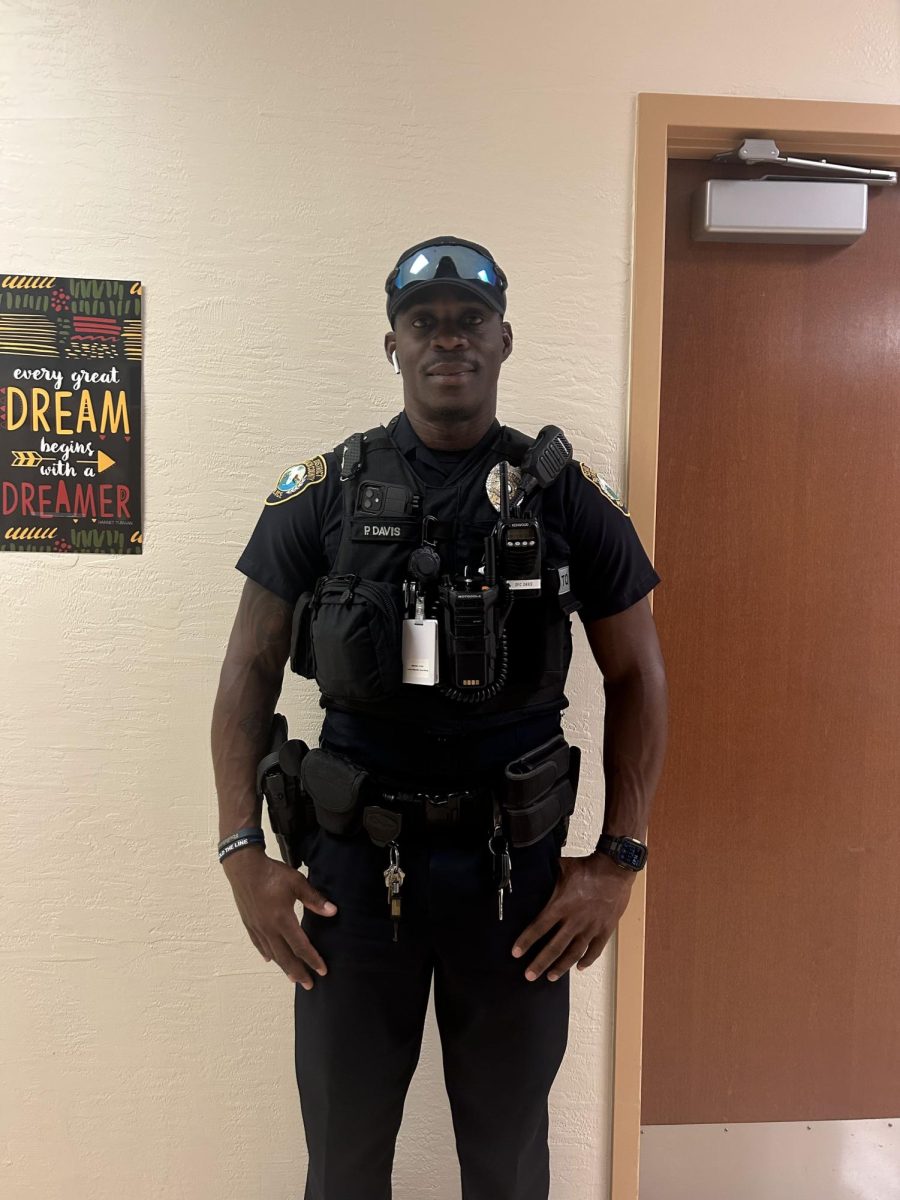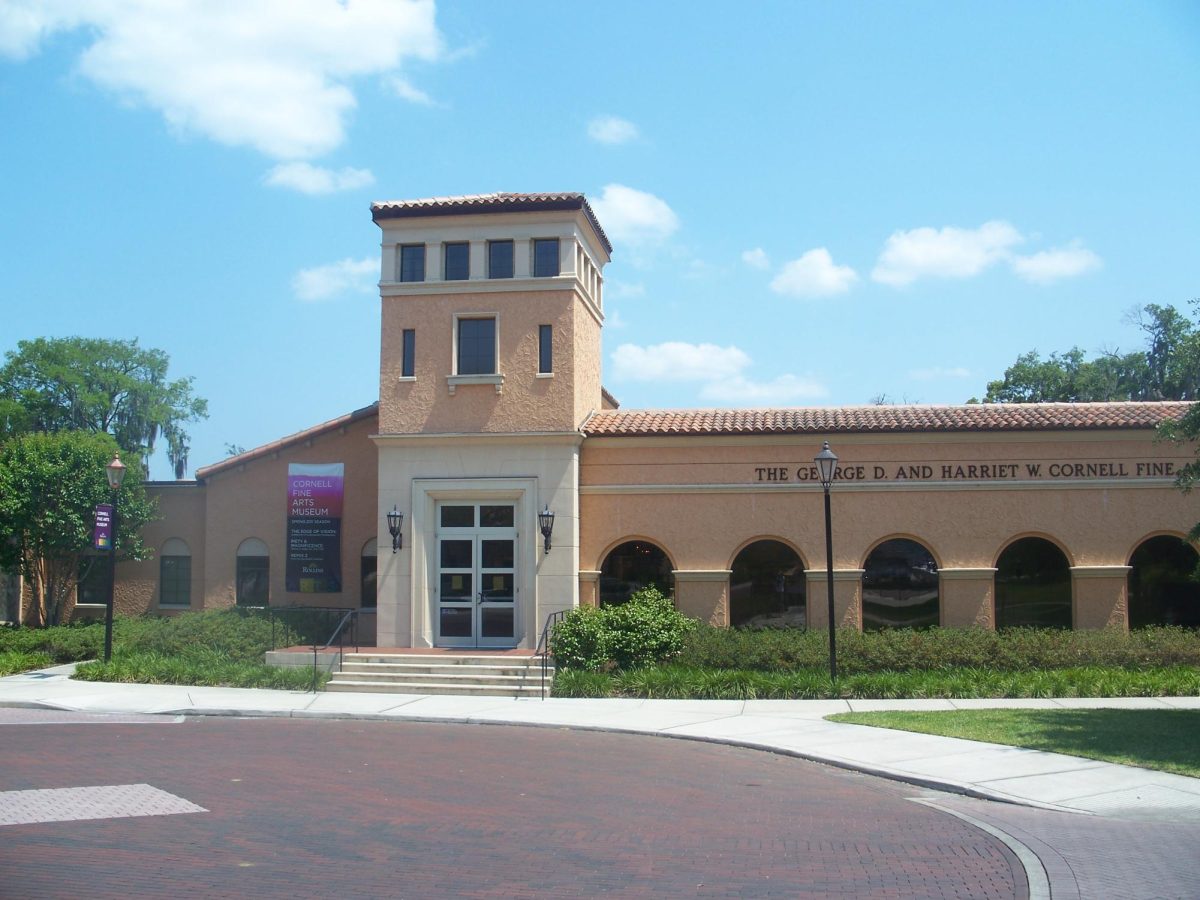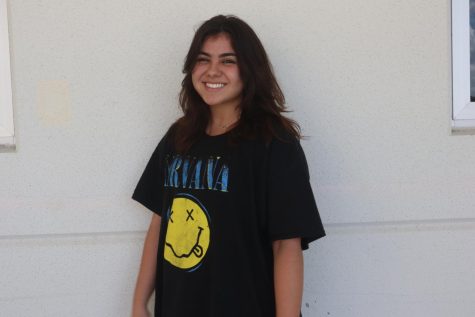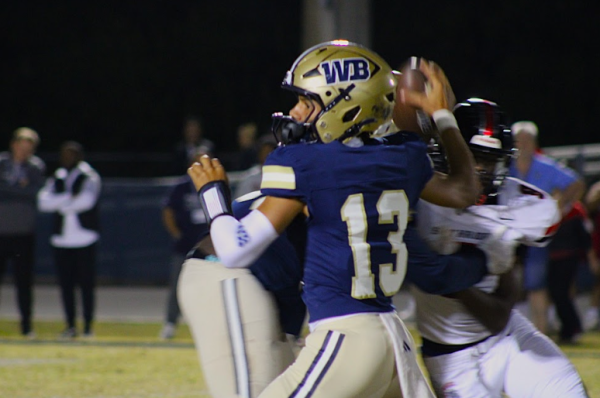Love Formula
The Science of Love
February 8, 2023
When Kesha sang, “your love is my drug,” she wasn’t completely wrong. In a way, love actively acts like a hard drug in our system, and it can be just as addictive. The process of falling in love consists of three steps and when you get to the third one, man, you are doomed.
Here is a simple 3-step-guide on how to fall in love:
1. The first step is desire. The moment you lay your eyes on your dream in human form walking through the door is the exact moment your hypothalamus, aka the hormone producer structure located in your brain, starts to produce what we call the sex hormones: testosterone and estrogen.
The purpose of this is rooted in evolution and reproduction. The moment you find someone “attractive” your brain rapidly turns on “evolution mode” and decides it is time to continue the species and create more generations. However, this first impression lasts for only 12 seconds and, although we don’t want to admit it, it plays a vital role in your continued interest in that beautiful someone and in your decision whether you will want to pursue them.
2. The second step is attraction. This step happens when you understand that not only you are attracted to their looks, but also their personality. When we are attracted to someone, our brain releases high levels of dopamine and norepinephrine, which are neurotransmitters that make us energetic and euphoric and can even decrease appetite and cause insomnia.
This means that when someone says they are so in love that they can’t sleep or eat anything, they are one hundred percent serious. This step is also one of the most dangerous since this cocktail of hormones causes blindness and we stop reasoning and tend to idealize our object of affection. It is when people might fall into a dangerous cycle of a toxic relationship, so watch out for possible red flags your lover might have.
It is also during this step that you become addicted to the person. When you are attracted to someone, your body releases dopamine, the neurotransmitter responsible for the reward pathway. The same region in your brain that “lights up” when you are attracted to someone lights up when you binge on sweets or drug addicts take cocaine. For instance, cocaine maintains dopamine signaling for a longer time than usual, which results in a momentary “high.” The same thing happens with attraction. In one way, attraction is very similar to being addicted to another human being.
3. The third step is attachment. During this stage, your hypothalamus produces oxytocin and vasopressin, a hormone that is also common in mammals and birds. These hormones are associated with bonding and a secure attachment and are released to encourage individuals to sustain their bonds long enough to complete the parental duties of their species.
The moral of the story is: Kesha knew what she was talking about. Love can be like a drug, but if it is healthy love, you can call me an addict!
Happy Valentine’s Day lovebirds!


